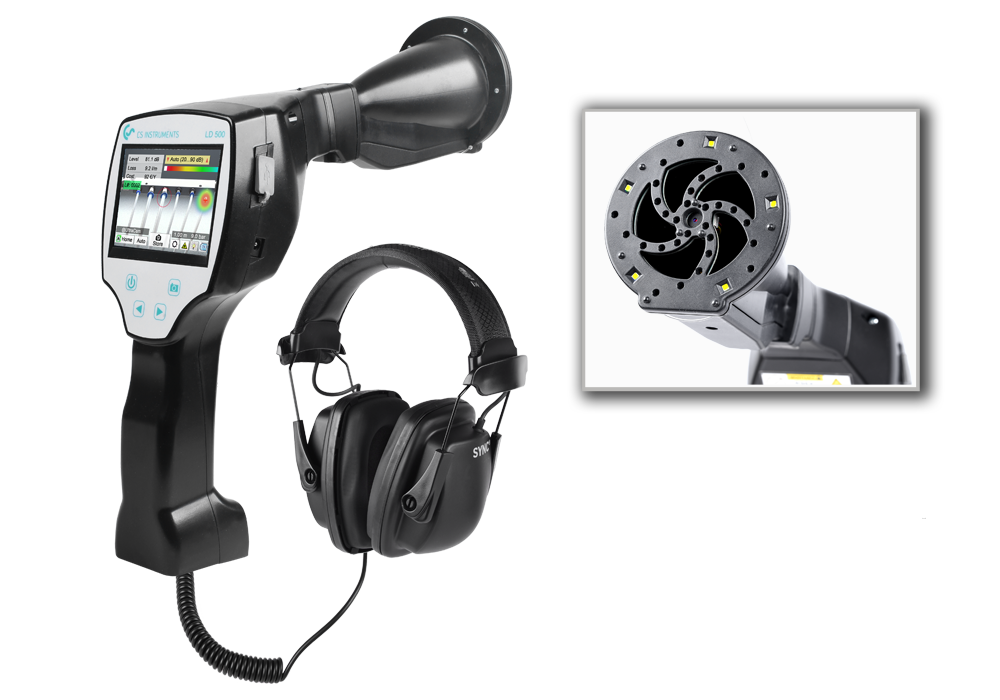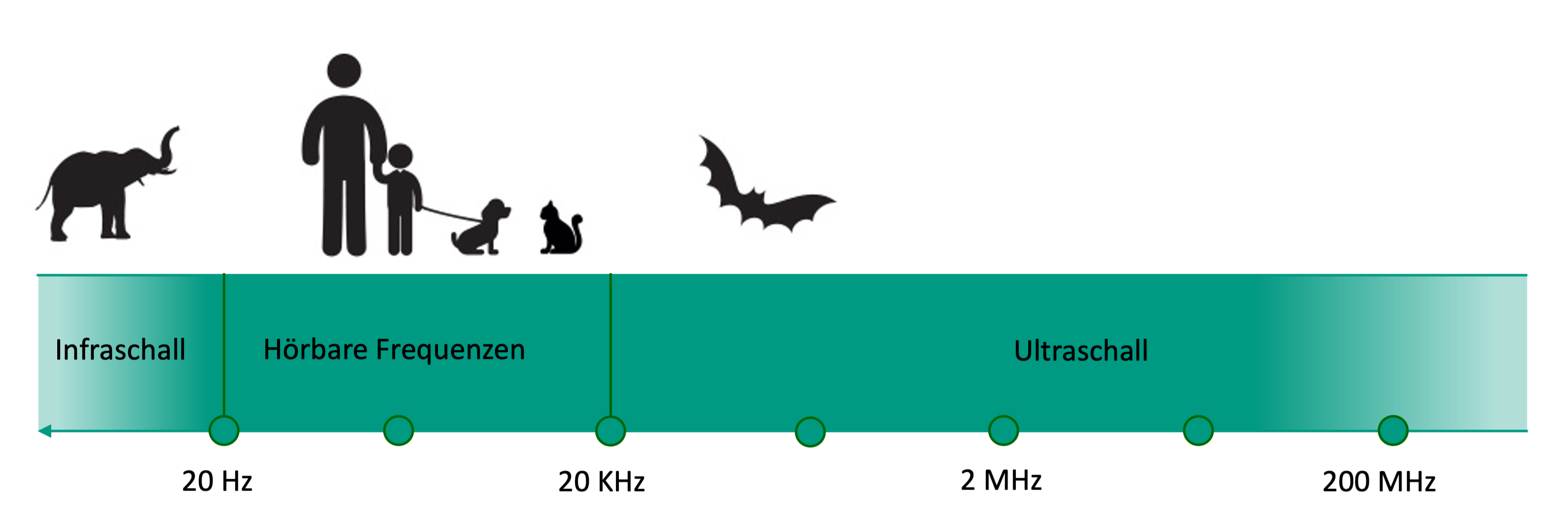
Ultrasound Camera UltraCam LD 500/510
Visual representation of the leakage in the live image and makes inaudible ultrasound audible.
The expensively cleaned Compressed air that escapes unused through Leakages is costly and puts a strain on the base load of the Compressors. In this article, we will analyze the economic and environmental impact of these Leakages and present concrete solutions to reduce these Losses.
To illustrate the economic and environmental impact of Compressed air leaks, consider the following calculation example, which links three Leakages with their consumption, costs and CO2 emissions.
The operating hours that a Leakage is permanently supplied with compressed air generates the annual Compressed air consumption and thus also its energy costs and CO2 emissions.
Operating hours: 8000 hours / year under Pressure
If you multiply the electricity price in €/ kWh by the specific power in kWh / m³, you get the compressed air energy costs in € per m³. The following article(link) explains exactly how the specific power for Compressed air generation and treatment can be measured for the precise Calculation of Compressed air energy costs.
Compressed air energy costs: 0.21 € / kWh * 0.12 kWh / m³ = 2.52 € cents / m³
CO2 emissions Germany: 0.434 KG CO2 / kWh [Federal Environment Agency 2022 Germany]
Losses volume flow | Compressed air | Energy in kWh | Energy costs per year | CO2 emissions |
1 liter / minute | 480 m³ / a | 57.6 kWh / year | 12,09 € / year | 24.99 kg CO2 |
10 liters / minute | 4800 m³ / a | 576 kWh / year | 120.9 € / year | 249.9 kg CO2 |
100 liters / minute | 48,000 m³ / a | 5760 kWh / year | 1209 € / year | 2,499 kg CO2 |
In practice, small Leakages predominate, but a few large Leakages cause the majority of the costs. A cost estimate and prioritization per Leak therefore helps to act economically, as the repair may require spare parts, Maintenance and possibly production breaks.
It is important to emphasize that properly installed stainless steel pipes, which are either welded or bolted via flanges, are rarely prone to Leakages. These Robust connections provide high reliability in the compressed air system. The majority of potential leakage problems are in production onthe machines, where mechanical wear and operating conditions affect reliability.
Tip: Anyone looking for Leakages should therefore focus their attention on the machinery and its connections.
Connecting elements: These include flanges, fittings, couplings, hoses, hose connections and screw connections. These components are often the main cause of Compressed air leaks as they either become damaged, loosen over time or are affected by vibrations or mechanical stresses.
Machines and systems: Maintenance units, valves, cylinders, limit switches and other pneumatic components can leak, especially if they are not regularly maintained or checked.
The detection of Compressed air leaks is based on ultrasonic waves that are generated by the Leakages and are inaudible to the human ear. One advantage of this method is the ability to locate Leakages during operation.
Ultrasonic leak detectors are essential tools for detecting and making audible ultrasonic waves that are normally imperceptible to the human ear. But how exactly does it work?
Ultrasonic leak detectors therefore convert the inaudible ultrasonic sound of a leak into audible tones, allowing professionals to respond to leaks accurately and effectively.
The advanced technology of acoustic cameras transforms inaudible ultrasound into a visible image of Leakages. But how does this impressive process work?
With modern acoustic cameras and the combination of MEMS microphone technology and beam forming, detecting Leakages becomes a visual experience that emphasizes precision and speed.
Whether you are interested in the classic ultrasonic leak detector or an acoustic camera - CS INSTRUMENTS always offers you the best solution for your requirements. We pride ourselves on combining tradition with innovation and always offering our customers the very best in technology and applications.

